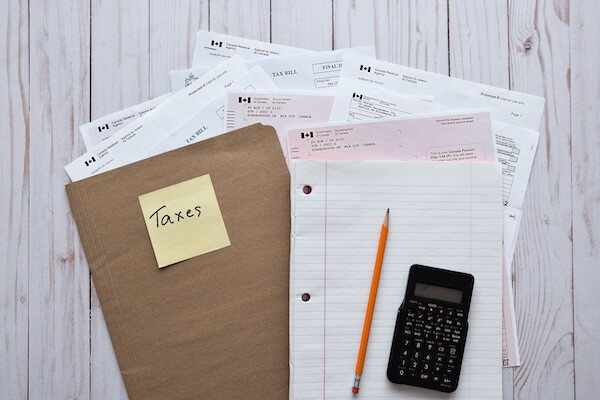If you’re near retirement age, you are no doubt thinking of your future and how much money you will have once you stop working.
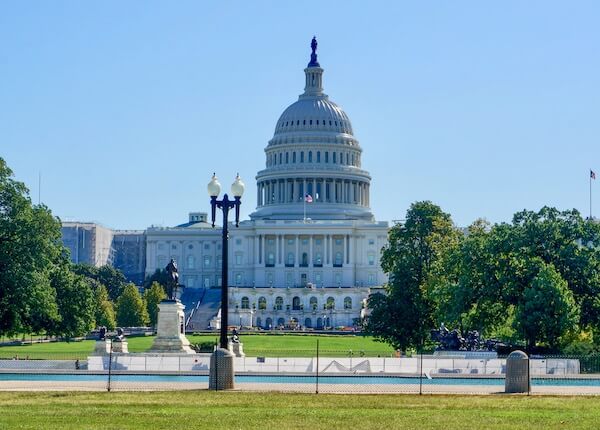
Last December, Congress passed the SECURE 2.0 Act of 2022, which was part of the 2023 Consolidated Appropriations Act/Omnibus Bill, which offers benefits to both employers and employees, essentially improving retirement outcomes for millions of Americans.
It also helps to simplify and clarify the often complex and confusing parts of a typical retirement plan that many people don’t understand.
Here at Tuffy & Associates, we aim to explain these kinds of matters in a way that everyone can understand. Below are some of the important changes that will positively impact your retirement savings going forward.
Helping You Save More for Retirement
All this is good news given the fact 55 percent of Americans are behind on their retirement savings, according to a Bankrate survey conducted last year.
 And for lower income American workers, there may not be any retirement nest egg at all, which is why this bi-partisan bill is so important coming on the heels of another piece of legislation that was passed in 2019 called The Setting Every Community Up for Retirement Act (SECURE Act 1.0).
And for lower income American workers, there may not be any retirement nest egg at all, which is why this bi-partisan bill is so important coming on the heels of another piece of legislation that was passed in 2019 called The Setting Every Community Up for Retirement Act (SECURE Act 1.0).
That also had a wide range of provisions intended to expand access to retirement plans and make saving for retirement easier for both employers and employees.
This most recent bill continues this push by not only expanding the original SECURE Act 1.0 but also introducing a range of new initiatives.
Here are some of the important provisions in this new bill that will possibly affect you and ultimately result in changes to your retirement plan.
New Automatic Enrollment Rule
Any business that establishes a retirement plan for its workers must agree to have the contributions for 401(k) and 403(b) plans automatically enrolled at a rate of at least 3% (but no more than 10%) of their eligible wages.
This provision will come into effect beginning in January 2025.
Employees can opt out of this if they want to.
However, if they agree to the plan and then change their mind, they must withdraw the money within 90 days of the first contribution being made to avoid the 10% penalty that would normally be imposed on early withdrawals.
Companies in business for less than 3 years and with less than 10 employees are excluded from the automatic enrollment requirement of the SECURE 2.0 Act.
Catch-up Contributions
If you’re worried that you haven’t put enough money aside for retirement, this latest bill has provisions for that too.

In 2022, employees over 50 were able to make catch-up contributions to their 401(k) retirement accounts up to $6,500. In 2023, if you’re 50 and over, you’ll be able to contribute $7,500 per year and in 2025, if you are between 60 and 63, you’ll be able to contribute $10,000.
All of the above numbers are inflation-adjusted limits.
Roth After-Tax Contributions
If you make more than $145,000 per year, catch-up contributions made after 2023 to a 401(k), 403(b) or non-governmental 457(b) plan must be made to a Roth IRA (after-tax dollars).
This rule is mandatory if your Roth IRA plan allows you to make catch-up contributions.

Under the SECURE 2.0 Act, employer matching and other non-elective contributions can be made to a Roth IRA, but employees must be 100% vested in it, meaning that they own 100% of the plan and the employer cannot forfeit or take it back for any reason.
Non-elective contributions come directly from the employers and are not deducted from an employee’s salary.
Retirement Savings Help for Long-Term Part-Timers
The SECURE 1.0 Act allowed workers who had accrued between 500 and 999 hours per year for three consecutive years to participate in their employer’s retirement plan.
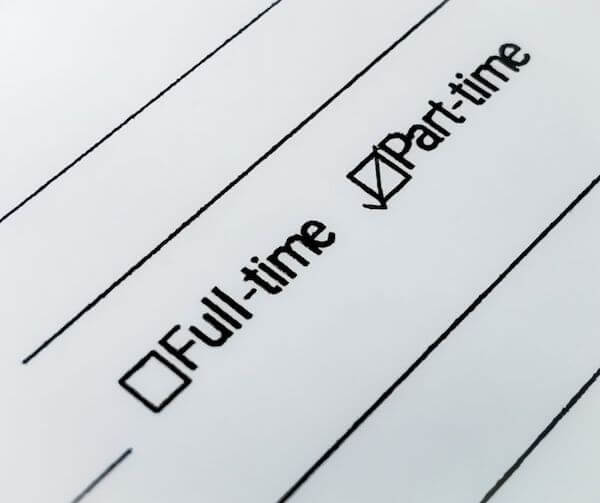
Now, with the provisions passed in the SECURE 2.0 Act, that period has been reduced to two years. This will become effective in January 2025.
If you participate in a retirement plan that is the result of a collective bargaining agreement with your employer and a union, or you are a non-resident alien (someone who has not passed the green card test), this does not apply to you.
Paying off Student Loans and Saving for Retirement at the Same Time
Paying off student loans is crippling for both young people and for the parents who fund their children’s education.

According to the Education Data Initiative, student debt in America now stands at a staggering $1.745 trillion.
A provision in the SECURE 2.0 Act means that beginning in 2024, employers will be able to make matching contributions for employees enrolled in 401(k), 403(b) and non-governmental 475(b) plans for certain “qualified student loan payments.”
Often these workers are making student loan payments instead of saving for retirement. But this plan essentially turns student loan debt into retirement savings.
Withdrawals for Emergency Expenses
Coming up with the cash to cover an emergency is a situation that some of you may have been in and taking money out of your retirement account is not something you want to do because of the penalties involved.
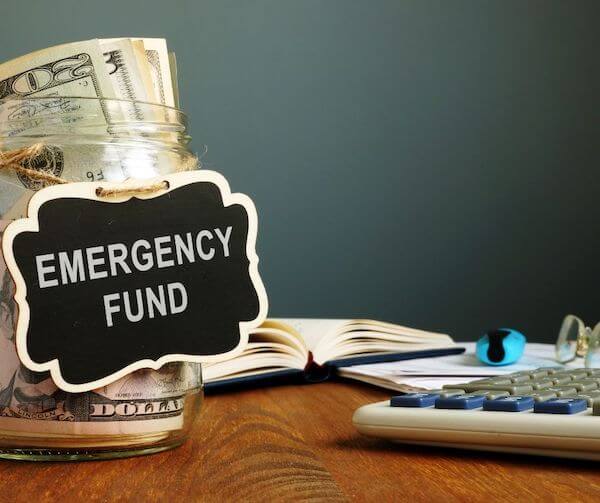
But now the SECURE 2.0 Act makes provisions for that scenario, which the government refers to as “unforeseeable or immediate financial needs relating to personal or family emergency expenses.”
Beginning in 2024, employers can offer linked emergency savings accounts that will help cover unforeseen emergencies that their workers may encounter. The Roth account would cap the employee contribution portion to $2,500, although the employer could set a lower limit.
This new provision allows up to four withdrawals a year for workers without incurring penalties, taxes, or fees.
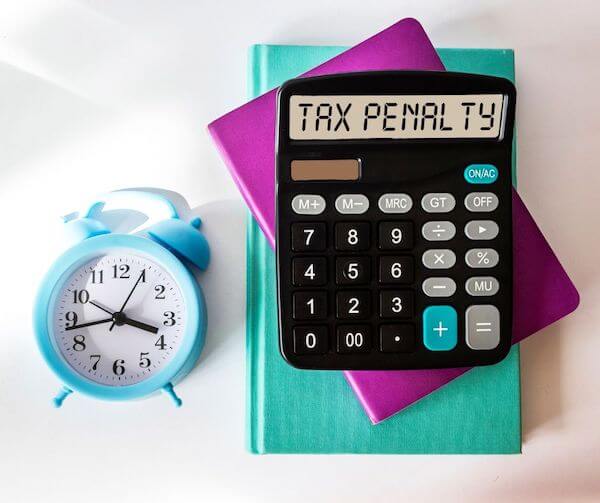
Other provisions related to emergency funds include an exception to the 10% penalty tax that is normally imposed on workers who withdraw money from their retirement accounts before age 59½ if that money is to be used for an emergency.
That 10% exception will also be in place for individuals with a terminal illness and survivors of domestic abuse.
Learn more about the many other benefits of the SECURE 2.0 Act here or access this user-friendly FAQ.
If you have questions about the changes to your retirement plan that will come about as a result of this latest legislation, or if you want to establish a plan, let us know by emailing [email protected].




